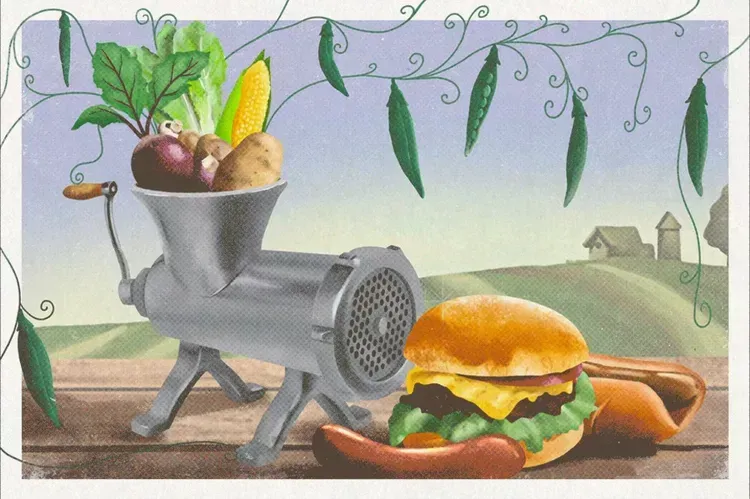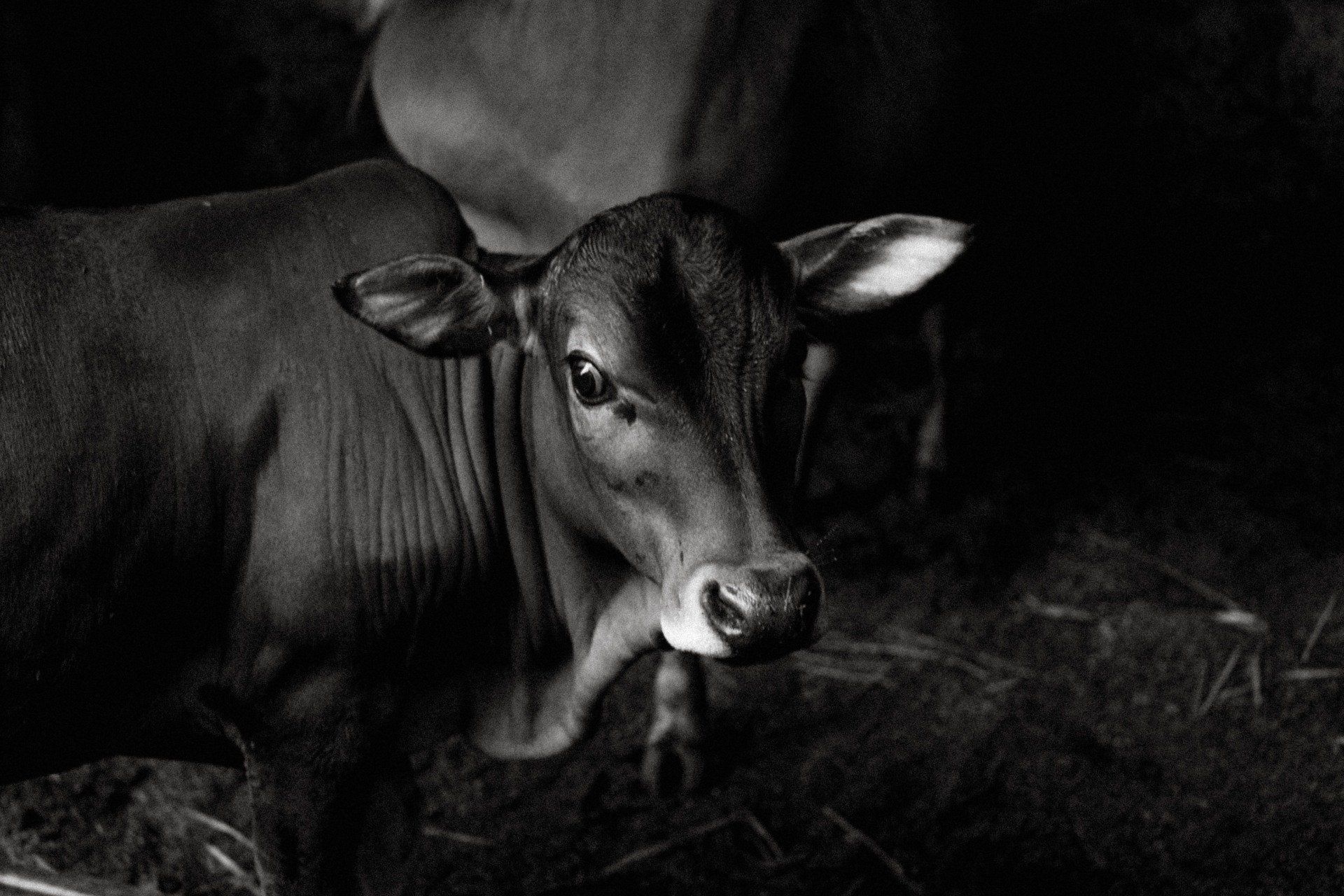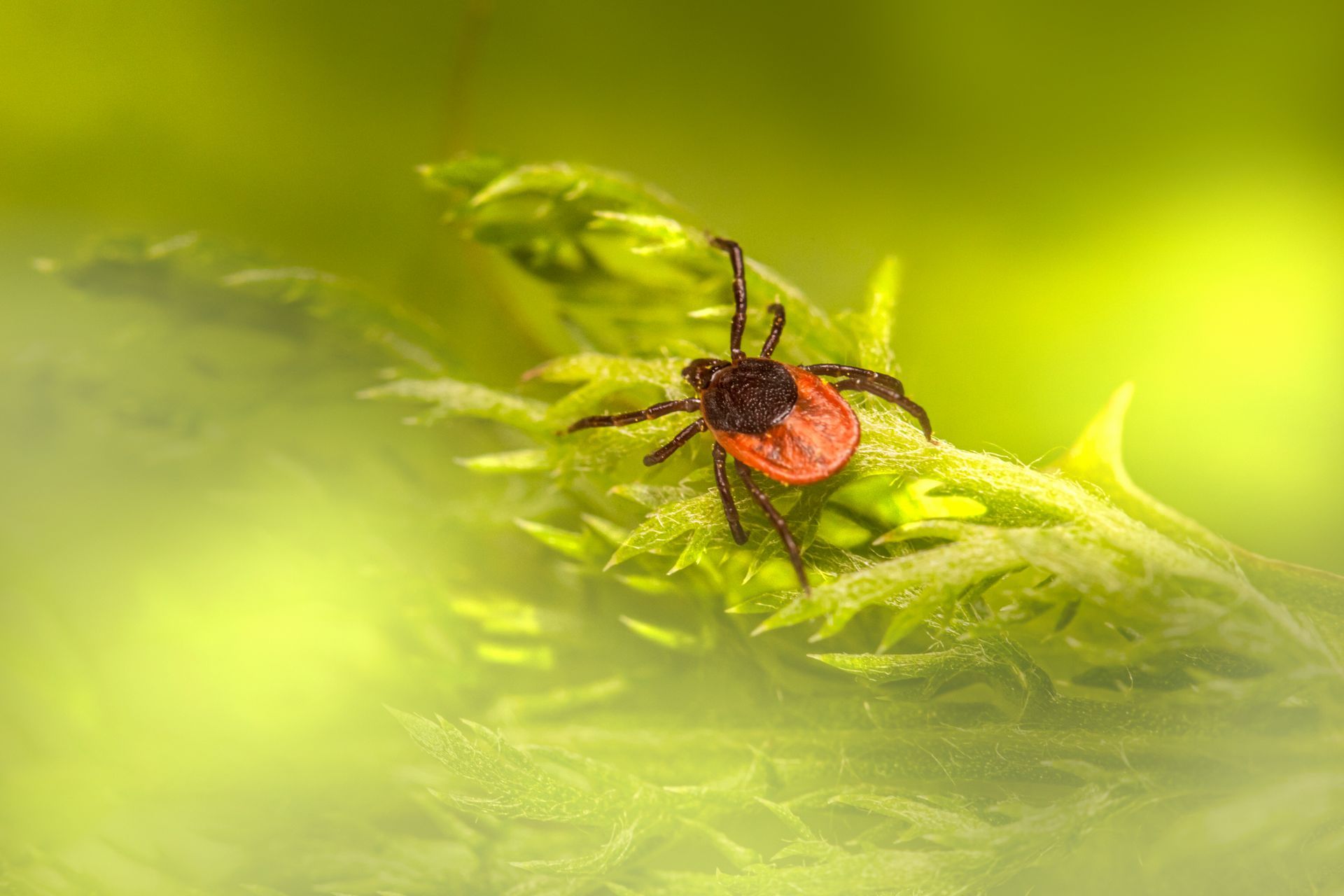REPAIR PASTURE DAMAGE CAUSED BY HAY FEEDING
Gary Bates, University Of Tennessee Extension
It is a pretty safe bet that you have some areas in your pastures that are a muddy mess. The excess rain during fall, coupled with having fed hay for the last several months has caused areas in many pastures to be destroyed, with very little grass left. This type of thing happens every year, but it seems like this year is especially bad. The question is, what can you do to get these areas back into shape?
The first thing to realize is that there are no magic bullets. We can’t solve this problem overnight. But there are some options in the short and long-term that can reduce the problems that will arise from these areas. Points to Ponder It is difficult to feed hay in a single area without having large amounts of pasture damage. If you have the problem every winter, you might need to consider changing your hay feeding method. Some producers have moved to unrolling hay in different areas of the pasture, this spreads out the cattle over the winter, reducing pasture damage. To minimize hay waste in this type of feeding system, you will need to unroll only the amount of hay that will be consumed in a single day. You may also want to consider putting in some type of heavy use area that can be used to feed hay. Putting down geotextile fabric, then covering it with rock can create a much more stable area, and almost eliminate mud issues. These areas can be useful, but expensive. Contact your local NRCS office for options and plans for this.
Option 1 – Seed a winter annual after hay feeding is complete. Once you have finished hay feeding, smooth this area back up with a harrow or disk. Seed some type of winter annual to provide some ground cover. Annual ryegrass or oats can work well in this situation. In mid to late May, you can graze this out and broadcast crabgrass to provide some summer grazing and cover. In September the area can be replanted with tall fescue. If you are going to feed hay on the same area again, you might choose to plant wheat or rye instead of tall fescue.
Option 2 – Skip the winter annual and just seed crabgrass in May. If hay feeding lasts until late March, you might be better off to wait until late April and seed crabgrass, skipping the seeding of the winter annual. Seeding a winter annual in April may not provide enough growth to make is worth the effort.
You might also like
Jaynie Norman


